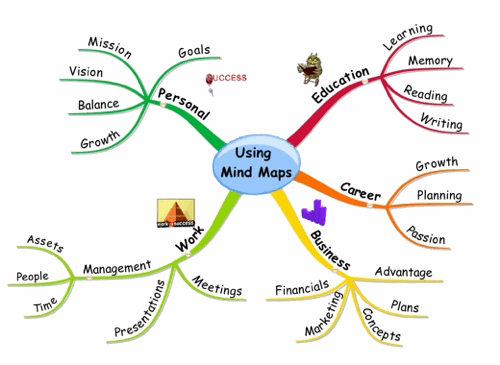Competition
What is competition?
Competition occurs when two or more organisations act independently to supply their products to the same group of consumers. They try and win over each others customers.
Analysing the competition
Competitor Analysis is an important part of the strategic planning process. This revision note outlines the main role of, and steps in, competitor analysis.
Why bother to analyse competitors?
Some businesses think it is best to get on with their own plans and ignore the competition. Others become obsessed with tracking the actions of competitors. Many businesses are happy simply to track the competition, copying their moves and reacting to changes.
Competitor analysis has several important roles in strategic planning:
• To help management understand their competitive advantages/disadvantages relative to competitors
• To generate understanding of competitors’ past, present (and most importantly) future strategies
• To provide an informed basis to develop strategies to achieve competitive advantage in the future
• To help forecast the returns that may be made from future investme
nts (e.g. how will competitors respond to a new product or pricing strategy.
Product range
Product range: In order to attract and satisfy customers, companies need to produce products that are superior to their competitors.
Why is Product range important?
Product range is one type of hierarchy and it is highly related to product category management. It is very useful for sales managers to
manage products and review sales performance. It can help the business to achieve budgets and have higher profits.
Quality
The quality of products needs to be sufficient enough to be able to sell the good, but reasonable for the price. A high quality product needs to have a high price. A low quality product needs to have a low price. If you had high quality products that you were selling at a low price you would not make a profit or even make a break even profit. This is because you are not getting back the money you put into creating the product. Similar to if you sold a low quality product at a high price then you would still not make a profit because you will not sell your products. Your customers will not buy your products if they are at a high price for low quality.
Your price compared to quality will tie in and relate to your competition. You always need to find a gap in the market for your product.
Price: If there are several retailers, each retailer will lower the price in an attempt to win customers. It is illegal for retailers to agree between themselves to fix a price. They must compete for business.
Design
The design of your product needs to be appealing to your customers. It needs to be creative and eye catching. Be able to stand out from your
competition.

The more creative your product and how it looks will depend on how many customers you will have. It will be even better if you have a Unique Selling Point (USP) A unique twist to your product that only your product will have and attract them. Advertising your product will help to beat your competition too!
Selling experience
Always try out your product a limited edition first. This way you will get a better understanding of what your customers expect and our looking for. You will experience the profit you will make. If you need to increase or decrease the price of your product. Does it stand out from your competition etc.

After sales service
After sales service is very important to your business and your customers. It will be one thing that determines your business reputation (brand image,see below). It is also important that you recognize the needs of your customers.
After sales service is how you treat your customers after you have served them. It is important that you treat your customers well.
Brand image
Brand image is how your business sees you. How your business is seen in the public eye. What the public think of you. It is important to show a good attitude to have a good reputation. The idea/impression/image that customers have in their minds about the brand.
Suppliers
Your products you buy from your suppliers will what be available on your shelves. It will also make a difference in the price of your product ( depending on your supplier) if you have a good make of products at a reasonable price Then they will be likely to buy them ( considering your product range.) Everything in a business will always relate back to money.
Multiple choice questions...
(1) Which two of the following methods are most likely to help reduce Kayleigh's costs in an effort to compete more effectively?
Select TWO answers.
(A) Increase its advertising in the local newspaper
(B) Provide better service by taking on more staff
(C) Increasing the range of its product
(D) Ordering cheaper shoes from its suppliers
(E) Making one member of staff redundant in order to be able to offer lower prices.
(2) A business makes bottled and canned soft drinks.Which of the following in itself is most likely to make it more competitive against its rivals?
Select ONE answer.
(A) the employment of two extra workers
(B) An increase in profit compared to last year
(C) The launch of a new range of drinks
(D) A rise in the price of its drinks range.










